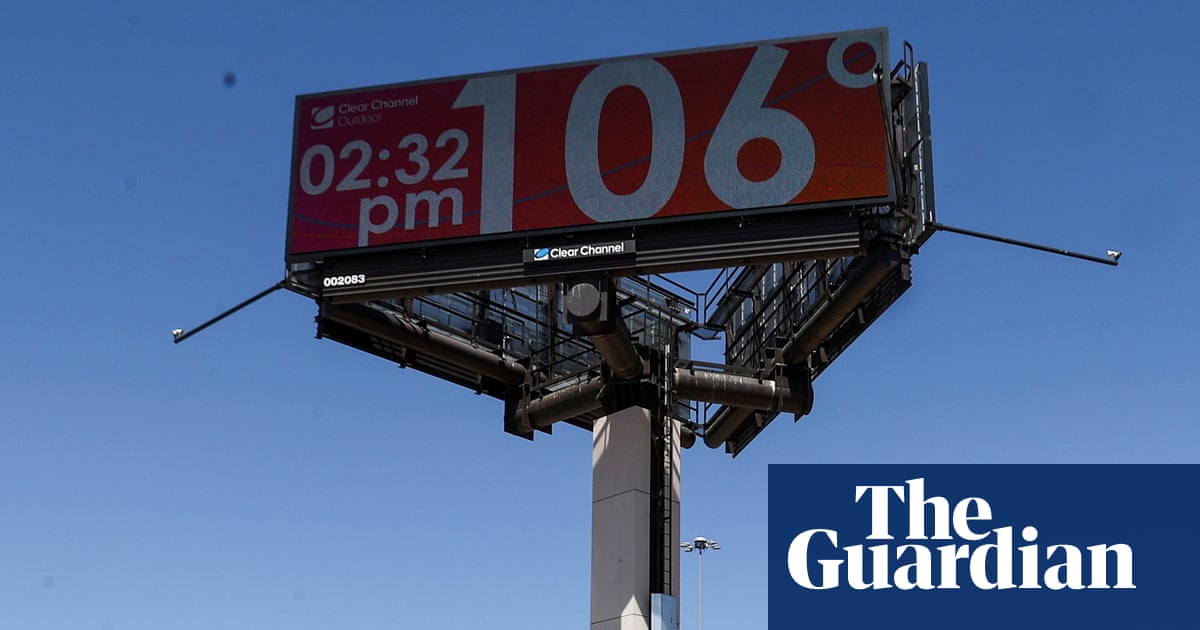Phoenix, Arizona, saw its 100th straight day of 100F (37.7C) heat this week.
The hottest large city in the United States broke its previous record of 76 consecutive 100F days set in 1993. The relentless streak, which started on 27 May and hit its 100th day on Tuesday, is forecast to persist into next week. An excessive heat warning is in effect through Friday, with temperatures expected to reach 110F (43C) tomorrow.
This summer was the hottest one in Phoenix since 1896, when records first began. Latest county data shows that at least 177 people died from heat-related causes so far this year, with 436 under investigation. Last year, Maricopa county saw 645 confirmed heat-related fatalities, enduring 55 days in a row with above 110F temperatures.
…



It was primarily settled as a farming community at the confluence of two rivers to support nearby gold mines. Prior to that native Americans had a fair amount of canal works to provide irrigation to agriculture in the region. At the time it would have been seen as good fertile land, free from rocks and boulders that was beyond the frost line prime for agriculture if they brought fresh water from the nearby rivers.
Might also be worth noting that Arizona had a population of around 6k American settlers in 1860. About 160 years later, we’re trying to cram in over 7M at a growth rate of around 20-30% per decade.
It’s a big state, and its not all desert. But we may have passed the tipping point on sustainability about 6M people ago.
That fair amount of irrigation was created by the Hohokam, who also abandoned it like sane people.